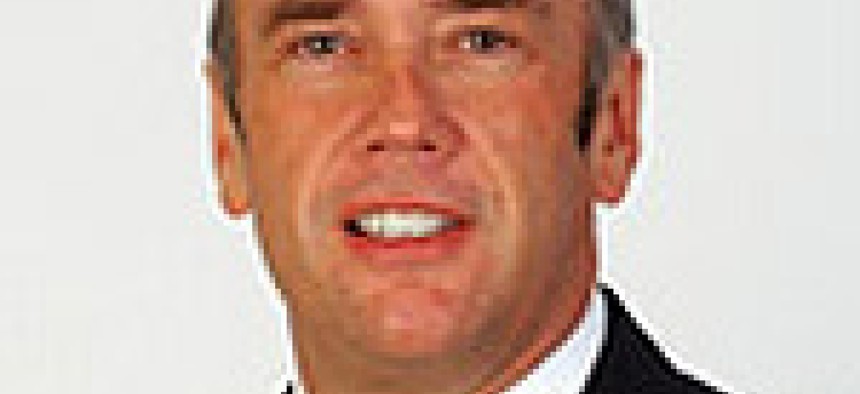Effective cyber responses depend on creative collaboration
Cross-functional teams can decipher the most appropriate offensive and defensive measures in response to a cyberattack, writes Kevin Coleman, an adviser on cyber warfare and security.
The military is a doctrine-based organization, and so is the Homeland Security Department. When it comes to doctrine that addresses acts of cyber aggression, both organizations — and thus the United States — are behind where they need to be.
Offensive and defensive cyber doctrine has become a hot topic, especially following a recent report that a botnet attack had affected 75,000 computer systems in 2,500 organizations around the world. Recently, I was asked to participate in a cyber war game, which of late, has become almost a recreational activity for many of those involved in cybersecurity. It was a great two-day activity that brought together some of the most creative thinkers about cyber warfare along with political leaders and military and intelligence personnel. The outcome of the exercise was extremely valuable and led to a dozen key observations that I jotted down during the event.
Arguably, the most significant finding was the need for a cross-functional team (CFT) to be assembled to assess any substantive attack on the United States, in addition to defining a strategy to be employed in our response to the attack.
To face the complex problems of offensive and defensive cyber operations, lead organizations need to incorporate a wide range of skills and perspectives. A CFT should be regarded as a means to manage collaboration among the government, intelligence community, military, law enforcement organizations and private sector — and it should be staffed with people who bring different expertise and can work around a common subject. Decision-making in CFTs does not depend on consensus but uses majority rule, and it highly relies on interactive team members who can cross-pollinate ideas and develop concepts into actionable plans quickly.
The exercise helped make clear that the composition of the CFT differs slightly between the offensive-focused group and defensive-focused group. The make-up of members might look something like this:
Defensive cross-functional team: Team leader — the Homeland Security Department.
- Economic impact analyst — U.S. generalist.
- Political impact analyst — U.S. generalist.
- International law subject-matter expert.
- Technical weapons subject-matter expert.
- Military liaison.
- Executive branch liaison.
- Intelligence community liaison.
- Independent/objective outsider (free thinker).
- National Guard liaison.
Offensive cross-functional team: Team leader — military.
- Economic impact analysis, specific to the target country or countries.
- Political impact analysis, specific to the target country or countries.
- International law subject-matter expert, specific to the target country or countries.
- Technical weapons subject-matter expert.
- Military liaison.
- Hacker community liaison.
- Executive branch liaison.
- Intelligence community liaison.
- Independent/objective outsider (free thinker).
- NATO liaison.
The biggest challenge when using CFTs is the delicate balance between revolutionary and evolutionary initiatives that are the output from these teams. The creative, breakthrough thinking that results from CFTs will significantly influence the outcome of a cyber event. Revolutionary concepts and ideas bring with them the element of surprise because they have not been used before. However, the application of new and untested concepts and ideas is often resisted because of risks.
There is limited practical knowledge created from actual cyber incidents. The events in Estonia and Georgia offer some experience and insights. Consequently, given the lack of practical experience and the informality of most cyberattacks, the use of revolutionary concepts and ideas generated by CFTs can prove to be extremely valuable. Those teams harness the power of diversity and a much broader base of general experiences than traditional approaches.
In business, most CFTs are formed to achieve a competitive advantage. People who lead offensive and defensive responses to acts of cyber aggression can use the same approach. Current military models are often based on historic experience or knowledge. Those lessons are all but absent in the cyber warfare domain. We need CFTs to achieve tasks such as creating defensive measures that cross traditional boundaries and produce creative cyberattack strategies that will catch our adversaries by surprise.
NEXT STORY: McNabb to QB Redskins and intell agencies?




